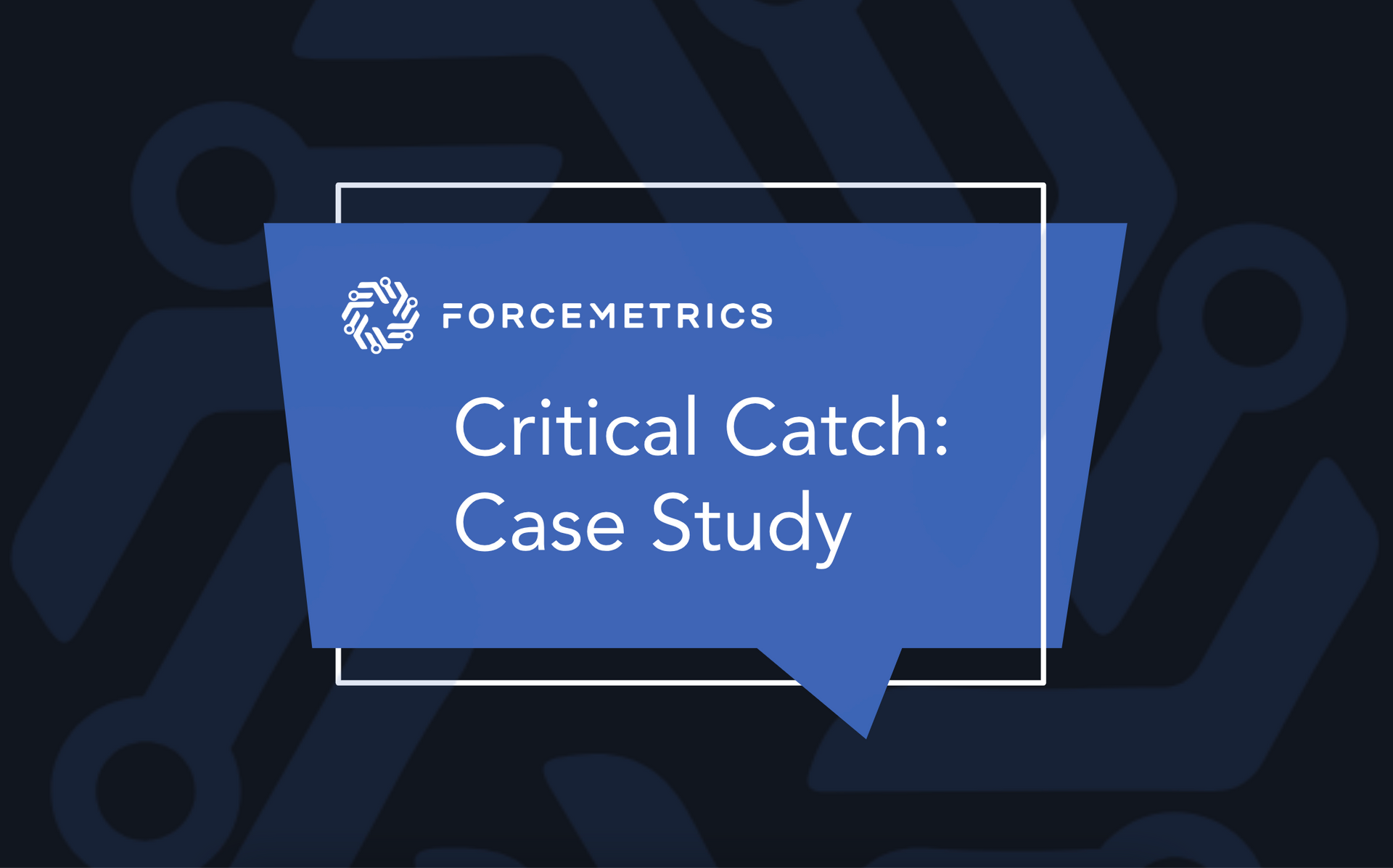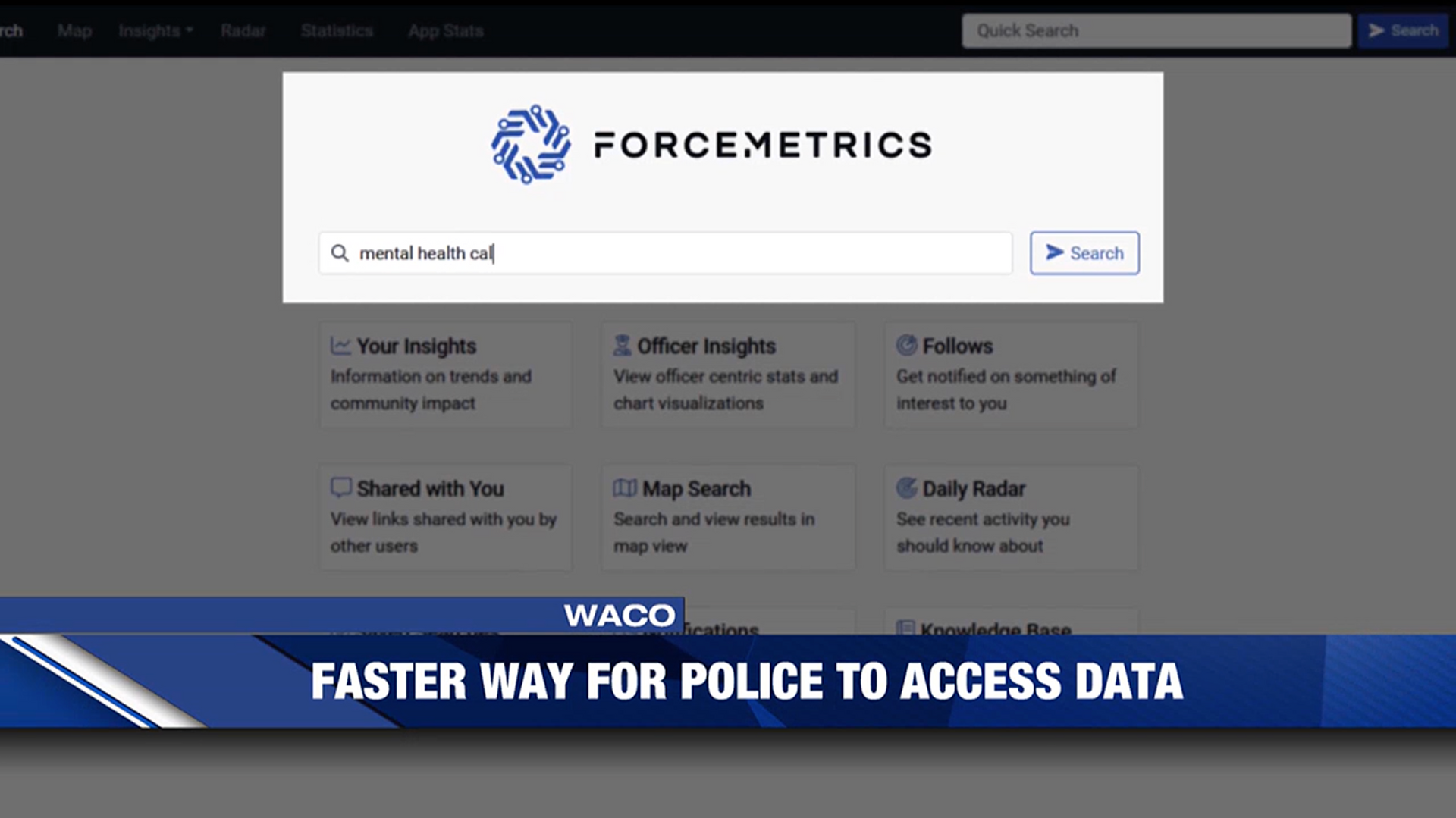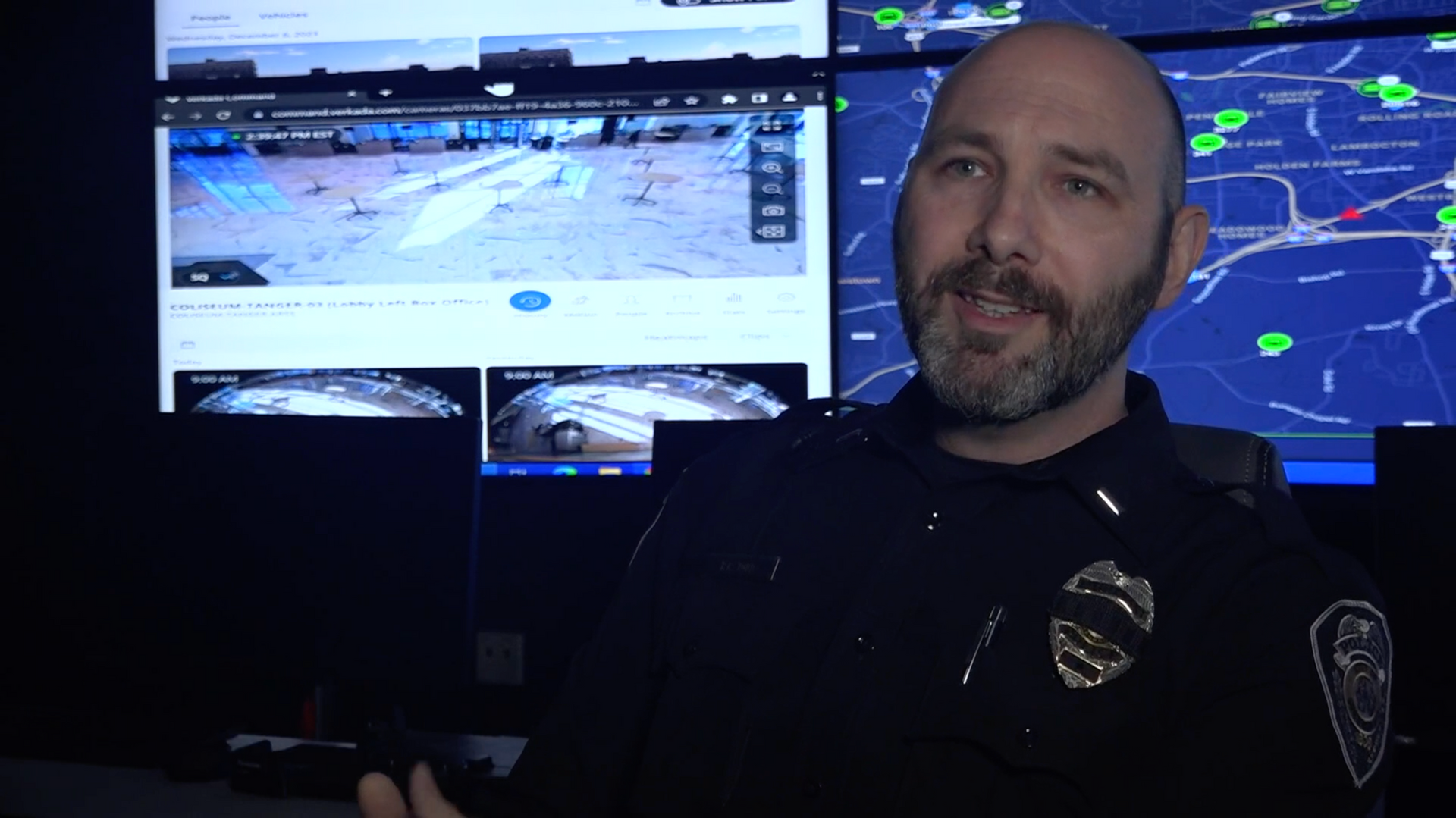Blog Layout
Real-Time Information in Emergency Response: Improving Situational Awareness
Mar 14, 2024
Improving Situational Awareness with Accessible Information for Increased Safety & Efficiency
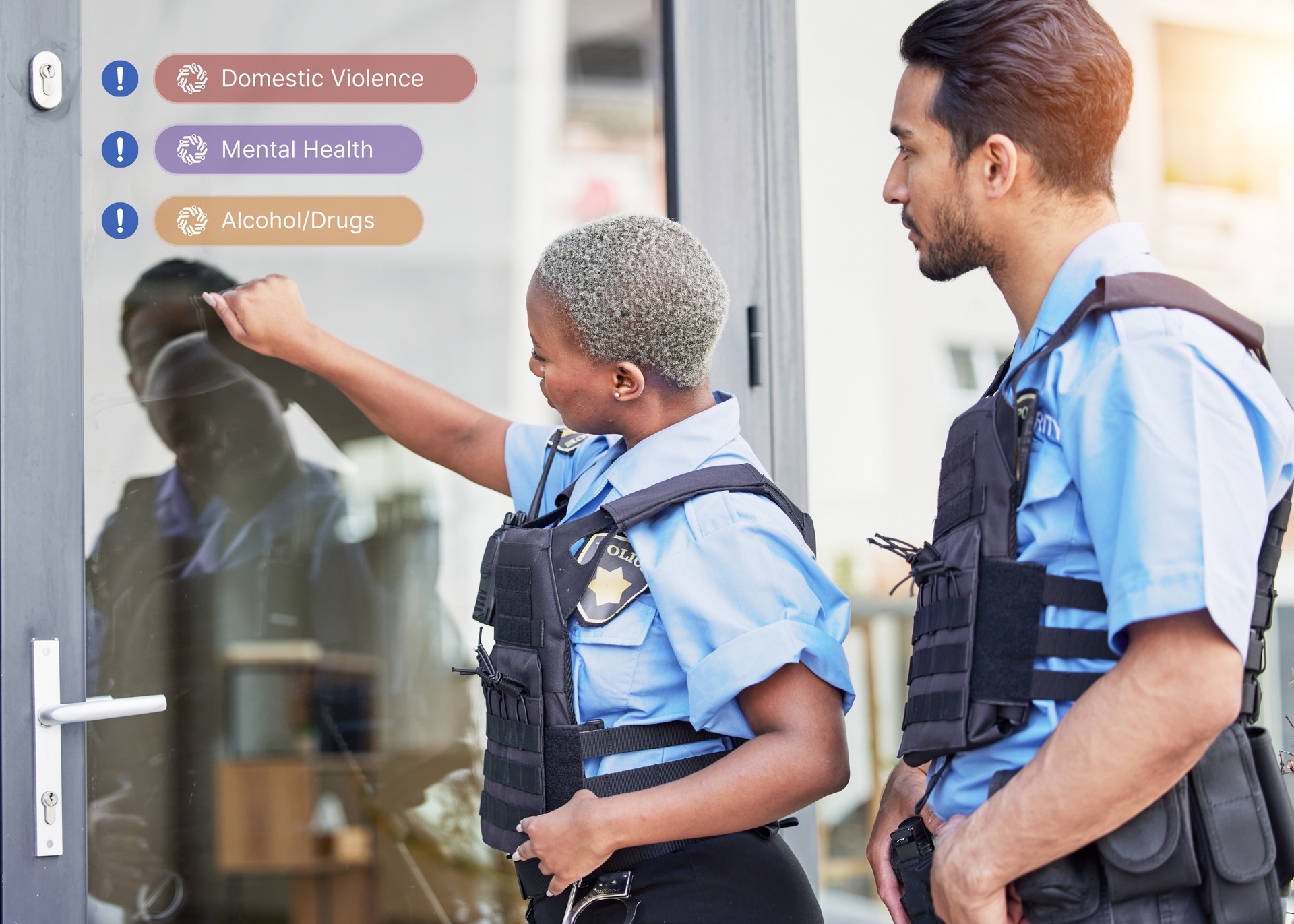
In the fast-paced world of public safety, understanding a scenario before it unfolds can mean the difference between life and death. At ForceMetrics, we believe that safety starts with understanding. This core belief drives our mission to transform how public safety personnel—officers, dispatchers, and emergency responders—utilize their data to make informed decisions in the moment.
The Shift Towards Real-Time Operational Intelligence
Traditionally, data in law enforcement has served as a post-incident analytical tool, used for assessing events after they’ve occurred. However, this approach misses the critical opportunity to utilize data proactively, to foster more positive outcomes from the start. Recognizing this gap, ForceMetrics introduces the concept of data as a "co-responder." This paradigm shift allows all members of an agency to harness real-time data in an easy and meaningful way, enhancing their situational awareness and enabling faster, more effective response efforts.
Data as a Co-Responder
Imagine responding to a call with not just the information provided by dispatch, but a comprehensive, easy-to-understand overview of the situation at hand, including the people and places involved, key history, and important social needs and safety risks to be mindful of going in. At ForceMetrics, this is where we focus our efforts to help responders succeed. By integrating diverse, often complex datasets—from historical calls for service and incident reports, jail data, vehicle crash reports, citation data, live video streams, transcripts, and more—ForceMetrics makes this information not only accessible, but actionable for any user, regardless of their technical expertise.
Our platform streamlines data into user-friendly interfaces to quickly relay critical information, presenting it in a way that is immediately accessible, understandable, and useful in the field. This simplification makes meaningful data readily accessible to all team members, allowing every officer and dispatcher to leverage real-time insights as if they were analysts or detectives themselves. It's this transformative approach that turns data into a true co-responder, improving decision-making in critical situations.
Enhancing Efficiency Alongside Safety
Incorporating contextual data doesn't just improve safety; it significantly enhances operational efficiency. Rapid access to information means quicker decision-making, allowing public safety personnel to allocate their resources more effectively and respond to incidents with unprecedented speed. This efficiency not only maximizes the impact of response efforts, but also reduces the time spent on administrative tasks, freeing up officers and dispatchers to focus on their essential duties. By streamlining processes and improving response times, ForceMetrics not only contributes to a safer environment, but also a more efficient and responsive public safety ecosystem.
Empowering Decisions, Ensuring Safety
The ForceMetrics platform is more than a technological solution; it's a commitment to the safety and efficiency of public safety personnel and the communities they serve. By integrating siloed, legacy datasets, ForceMetrics makes data accessible and actionable. In doing so, we empower responders to make more informed decisions in the moment, reducing risk and enhancing the safety of our responders and citizens alike.
Looking Ahead
The future of public safety lies in the effective use of technology and data. ForceMetrics is at the forefront of this transformation, redefining what it means to be an informed responder. As we continue to innovate, our focus remains on empowering public safety personnel with the tools they need to respond with confidence, clarity, and efficiency.
In a world where data is abundant, the ability to harness it effectively into truly useful information is what will define the next generation of public safety operations. At ForceMetrics, we're not just developing software; we're building a safer future, one decision at a time.
Join Us on This Journey
We invite you to explore how ForceMetrics can enhance your agency's situational awareness, operational readiness, and efficiency. Discover the power of real-time information in emergency response and become part of the transformation in public safety. Safety starts with understanding, and that understanding starts with ForceMetrics.

22 Apr, 2024
Anyone in law enforcement can attest that the more information you have going into a situation, the better the outcome will be. This standard applies to everyday calls for service, high-profile investigations and even walking into the next CompStat meeting. So why is the information still so challenging to obtain? As former law enforcement professionals who both saw and felt these challenges firsthand, the founders of ForceMetrics created a platform to address them.
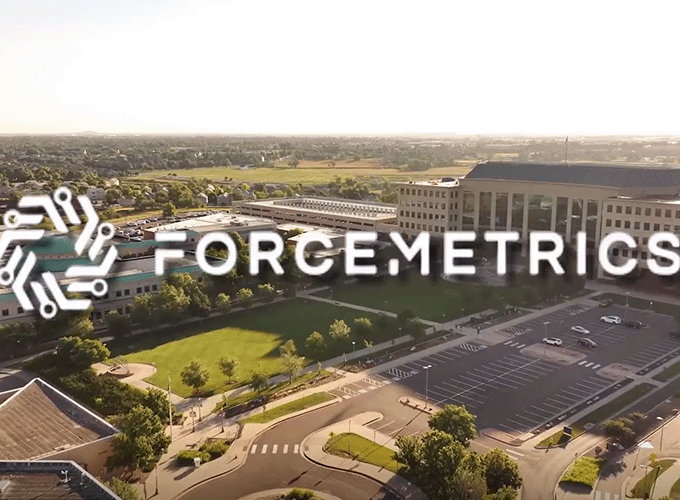
10 Apr, 2024
Aurora911 was the first city department to launch ForceMetrics with its entire staff. Emergency communications specialists can search and access vital safety, mental health and historical information in seconds rather than hours, improving the accuracy and appropriateness of resource deployment.

18 Jan, 2024
One of many areas where technology is making a significant impact is in the identification of vehicles, providing law enforcement with powerful tools to streamline investigations, enhance public safety, and combat criminal activities. Here we'll explore the innovative ways technology is being used to identify vehicles in policing.

By Jason Truppi
•
21 Dec, 2023
In the dynamic landscape of law enforcement, the concept of stratified policing has emerged as a nuanced approach to addressing the diverse challenges faced in crime prevention and public safety. This evolving strategy recognizes the importance of tailoring policing efforts to specific layers, or strata, taking into account varying levels of crime, time and risk factors, departmental roles, and unique community needs and patterns. Yet the critical factor to a successful stratified policing approach is having the data available to properly assess and distinguish between these characteristics in the first place. Departments need clear, accurate, and contextual data to understand crime patterns and trends and truly put this evidence based policing strategy to meaningful work. Unpacking the Layers At its core, stratified policing involves the careful examination and classification of crime trends and community challenges based on set criteria. This approach recognizes that a one-size-fits-all strategy may not be effective in addressing the complex and multifaceted nature of crime. Instead, law enforcement agencies employing stratified policing seek to understand the unique characteristics of different strata and implement appropriately tailored solutions. The layers in stratified policing are often broken into immediate, short-term, and long-term problems. Immediate problems are generally recognized as isolated calls and incidents, though with varying degrees of significance, taking anywhere from minutes to months to resolve. Short-term problems are those that occur over days or weeks and are either repeat incidents or recognizable crime patterns, such as a series of similar crimes or crimes committed within a hotspot. Long-term problems or priorities exist over months or years, and frequently arise from opportunities created by everyday environmental or behavioral factors. Risk Assessment One key element of stratified policing is the strategic identification and prioritization of areas of focus based on their level of crime or risk factors. By allocating resources more intensively to high-crime areas, for example, law enforcement agents can maximize their impact and create a more targeted response to identified challenges. Community Engagement Building trust and fostering partnerships within the community are integral components of successful stratified policing. Recognizing that different communities have unique needs and concerns, law enforcement agencies actively engage with residents to understand and address their specific issues. This collaborative approach helps to bridge the gap between law enforcement and the community, creating a more effective and responsive policing environment and bolstering public safety in turn. Data-Driven Approaches In our modern world ruled by information and technology, data plays perhaps the single most critical role in shaping effective evidence based policing strategies. Successful stratified policing leverages data and analytics to gain insights into crime patterns and trends within different areas or layers of a community. This information empowers law enforcement to make informed decisions, strategically allocate resources, optimize workflows and performance, and implement targeted interventions where they are needed most. Problem-Oriented Policing Stratified policing goes beyond surface-level crime prevention by addressing the root causes of issues within a community. This problem-oriented approach necessitates effective collaboration with other community agencies and organizations to tackle underlying factors contributing to crime. By addressing these issues head-on, and facilitating open communication and information sharing among community stakeholders, law enforcement agents can create lasting solutions and improve overall community well-being. Conclusion: A Tailored Approach for Safer Communities As law enforcement continues to evolve, the concept of stratified policing stands out as a promising strategy for creating safer and more resilient communities. By recognizing and responding to the unique challenges and needs of our communities with tailored, data-driven approaches, law enforcement agencies can make a lasting, meaningful impact – reducing crime, building trust, fostering collaboration, and ultimately creating a safer environment for all. As this approach continues to develop, it will be essential to stay informed on emerging best practices and adapt strategies to meet the ever-changing needs of our diverse communities. ForceMetrics is actively enabling agencies to leverage clear, contextual data in the implementation of more accurate and successful stratified policing programs. Connect with us to learn how we can help your agency navigate the layers.

